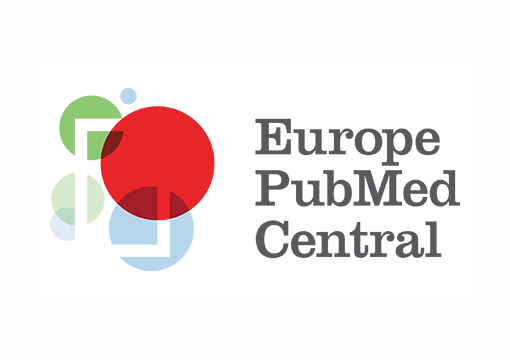Abstract
Background
Refugees’ access to quality healthcare services might be compromised, which can in turn hinder universal health coverage (UHC), and achieving Sustainable Development Goal (SDG), ultimately. Objective: This article aims to illustrate the status of refugees’ access to healthcare and main initiatives to improve their health status in Iran.
Methods
This is a mixed-method study with two consecutive phases: qualitative and quantitative. In the qualitative phase, through a review of documents and semi-structured interviews with 40 purposively-selected healthcare providers, the right of refugees to access healthcare services in the Iranian health system was examined. In the quantitative phase, data on refugees’ insurance coverage and their utilization from community-based rehabilitation (CBR) projects were collected and analyzed.
Results
There are international and upstream policies, laws and practical projects that support refugees’ health in Iran. Refugees and immigrants have free access to most healthcare services provided in the PHC network in Iran. They can also access curative and rehabilitation services, the costs of which depend on their health insurance status. In 2015, the government allowed the inclusion of all registered refugees in the Universal Public Health Insurance (UPHI) scheme. Moreover, the mean number of disabled refugees using CBR services was 786 (±389.7). The mean number of refugees covered by the UPHI scheme was 112,000 (±30404.9).
Conclusion
The United Nations’ SDGs ask to strive for peace and reducing inequity. Along its pathway towards UHC, despite limited resources received from the international society, the government of Iran has taken some fundamental steps to serve refugees similar to citizens of Iran. Although the initiative looks promising, more is still required to bring NGOs on board and fulfill the vision of leaving no one behind.



No responses yet